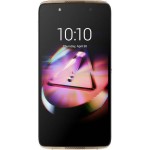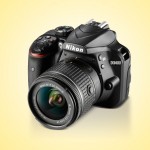
PROS
- Excellent image and audio quality
- Good optical image stabilisation
- Thoughtful design improvements
- Long battery life
CONS
- Poor display on the Live-View Remote Control
- Slow to power on (when using the Remote Control)
- Bulky waterproof case
KEY FEATURES
- 1/2.5-inch 16:9 Exmos R CMOS sensor
- Zeiss Tessar multicoated lens
- Balanced Optical SteadyShot (B.O.SS) stabilisation
- 4K resolution up to 30fps
- 1080p up to 120fps
- 4K timelapse
- Live-View Remote included
- Bluetooth and Wi-Fi
- Manufacturer: Sony
- Review Price: £500.00
WHAT IS THE SONY FDR-X3000 ACTION CAM?
Sony has been producing SteadyShot-capable Handycam camcorders for some time now. Over the years, the company has refined the tech so as to produce better and more stable footage. It means your favourite memories aren’t ruined by wibbly-wobbly video that makes you feel a little seasick.
With its new flagship Sony FDR-X3000R Action Cam, the company has managed to miniaturise its Balanced Optical SteadyShot (the company calls this BOSS) technology into a small action camera.
The BOSS technology can be thought of as a completely floating-lens unit that moves to counteract your hand movements, resulting in far steadier footage and a superior alternative to the electronic image stabilisation that’s used by rivals such as the GoPro Hero 5 Black.
Since the image stabilisation is completely mechanical, rather than done in software, it even works when shooting 4K, which wasn’t possible with the previous flagship FDR-X1000V Action Cam.
At £500, the FDR-X3000 is the priciest action camera on the market, but with its immensely stable footage and fantastic still image quality, it will appeal to both travellers and adrenaline junkies alike.
SONY FDR-X3000 ACTION CAM – DESIGN AND ACCESSORIES

The design of the FDR-X3000 remains consistent with Sony’s previous action cameras, such as the HDR-AS50 Action Cam. Rather than creating another “me too” rectangular camera such as the GoPro, Sony’s action cameras have always resembled little camcorders.
While I’ve previously said that I liked the shape of Sony’s action cameras because they were ergonomic for hand-holding, this is even more pertinent than before with the FDR-X3000 due to just how great the optical image stabilisation is. It means you’re more able to shoot video while walking along without any worries.
Like the FDR-X1000V before it, the FDR-X3000 is available in a glossy white finish. Weighing 114g for the body and battery, it’s actually the same weight as the FDR-X1000V, which is impressive considering the image stabilisation technology featured.
The camera body alone is water-resistant to IPX4 (splash-proof), but you’ll need to pop it into its included waterproof case if you want to use it underwater. This adds dust- and water-resistance to 60m, but also adds a considerable amount to the overall size of the unit.
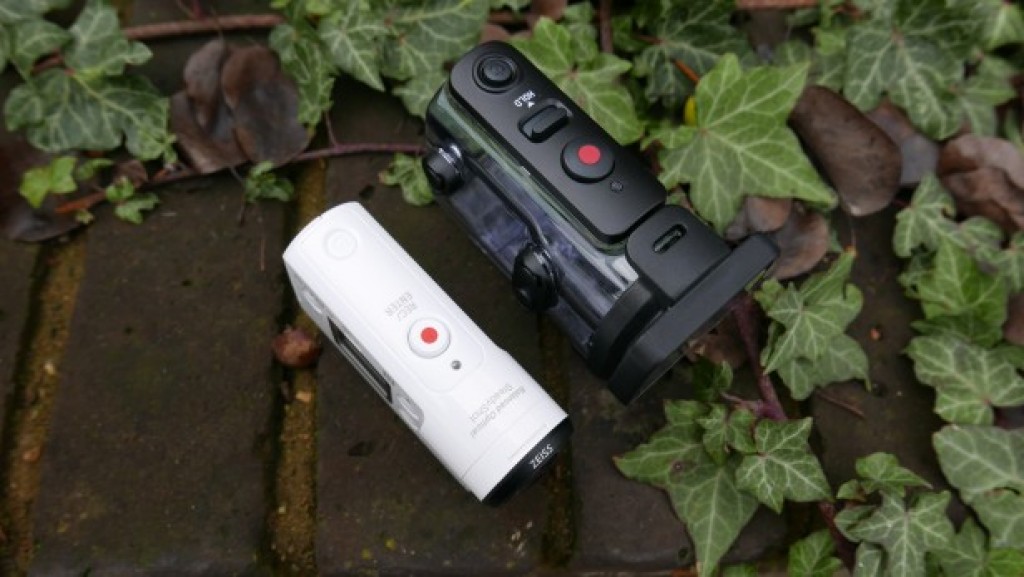
Sony must have been listening to my complaints about the HDR-AS50, because there are now three recording lights where there were only two previously. The light on the front of the camera will make it more obvious when you’re filming yourself.
The FDR-X3000 is available as two models, the barebones FDR-X3000 (£409) and the FDR-X3000R (£499), which comes with a new version of the Live-View Remote Control and is the model I was sent in for review.
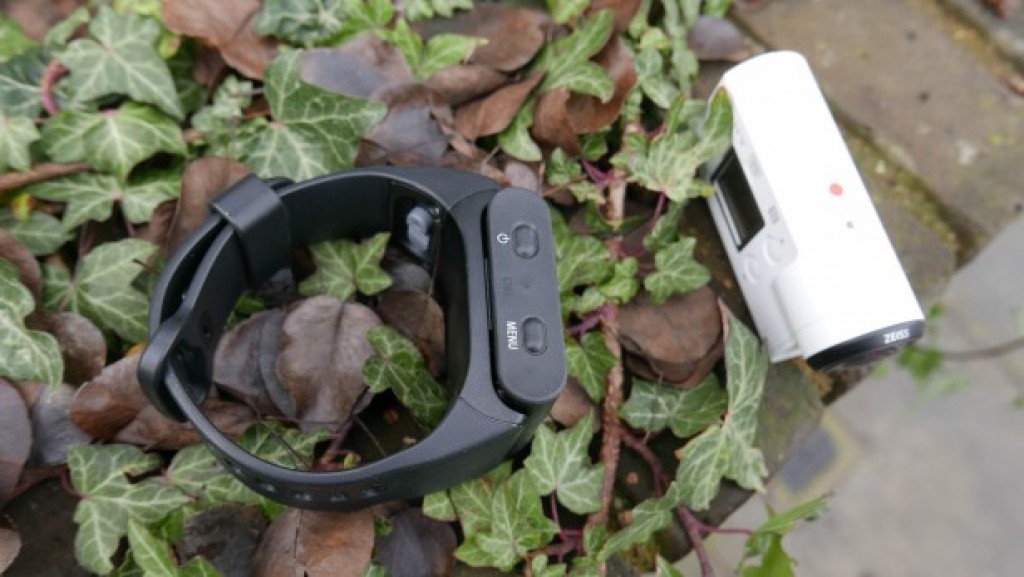
The new remote control is 24% lighter and 30% smaller than older models. You can power on the camera via the remote and adjust the digital zoom using controls on the side. The menus on the Live-View Remote now also replicates that of the main camera body. On previous Sony action cameras, the remote menu felt confusing to navigate since everything was laid out differently to the main camera.
The new version of the remote control also now detaches from the included wrist mount, which sees you wearing it like a rather chunky watch. Sony has released a number of compatible accessories to which you can attach the remote, including the Shooting Grip, a handgrip/tripod combo, and the Finger Grip.
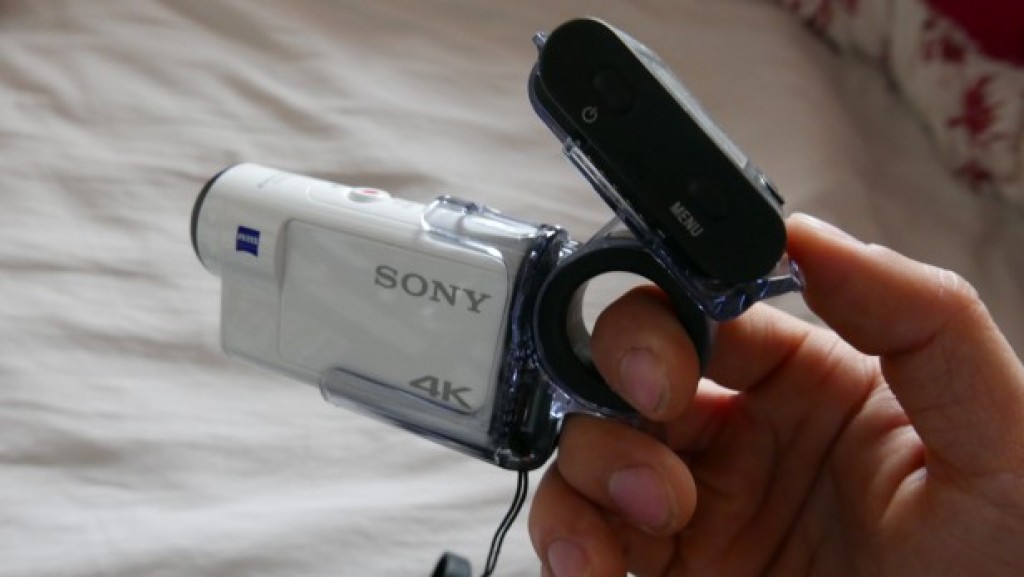
The latter will appeal to the travel-blogger types due to its small, convenient size. The FDR-X3000 simply slides into the holster and you hold the camera with your index finger placed through the trigger-like loop. You can then attach the Live-View Remote, which can be tilted for high- or low-angle shooting easily with your thumb.
I used this plenty during a recent trip to Paris and my main complaint is that it can be a little difficult to keep the camera pointed horizontally. Occasionally, I’d point the camera too low or too high. Some extra grip for your middle finger to balance the weight would have helped.
Most annoying about the Live-View Remote Control is that it can take about 5 seconds between hitting the power button on the remote and the camera actually powering on, then a further 10 seconds before you get a visual output from the camera’s sensor on the remote’s screen.
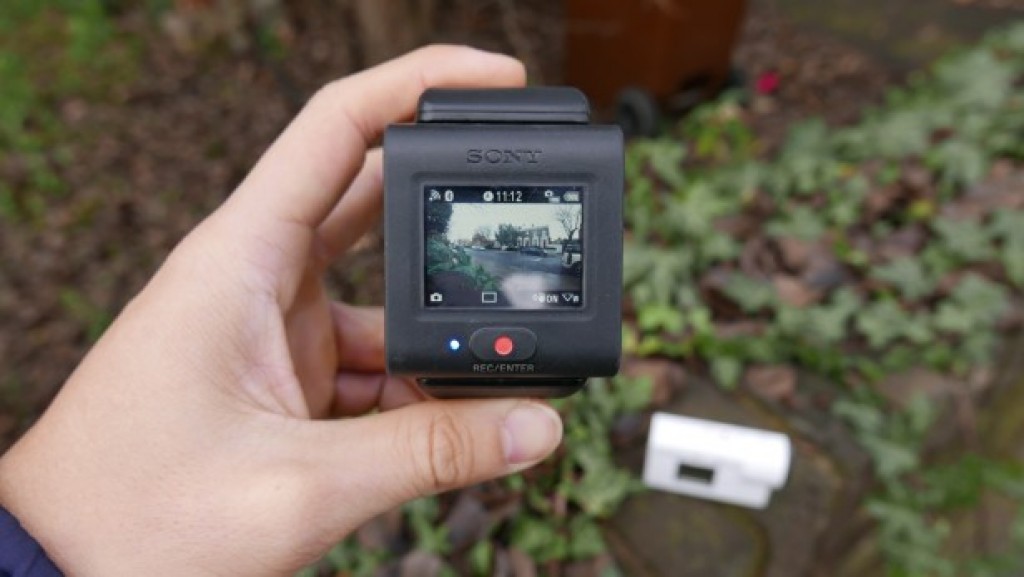
This may not sound like much, but if you’re constantly powering on and powering off the camera, this time lapse adds up and can mean missing a photo or video opportunity. In addition, the Live-View Remote Control suffers poor viewing angles, which means a lot of re-angling to see anything.
You also need to carry a separate charging dock for the remote. I’d have preferred a micro-USB port directly on the remote control. That way, you’d need to carry only one cable to charge both the camera and the remote control.
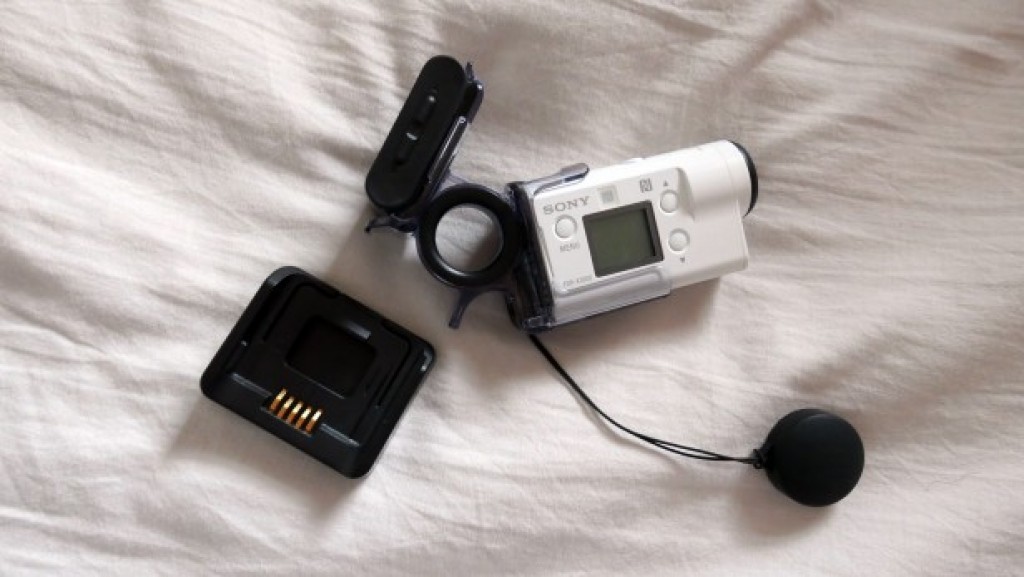
SONY FDR-X3000 ACTION CAM – CONNECTIVITY AND SOFTWARE
When it comes to the connections, there have been some small design tweaks. Where previous Action Cams had some connections on the bottom, next to the standard threaded tripod-mounting point, they’re now on the rear of the device. The former position made access difficult, especially if you were shooting a long time-lapse and wanted to keep the camera charged.
Tucked away on the back now is a micro-USB port for charging and transferring your footage. I’d have preferred USB Type-C for both the camera and remote control, which GoPro has just embraced with its new models.
There’s also a micro-HDMI output for connecting to a display, and a 3.5mm microphone connection if you want to use an external microphone for better audio capture.
For storage, you have the option of either Sony’s M2 memory sticks, or the much cheaper option of using a microSD card. Like always, due to the dual-storage format slot, it’s possible to insert a microSD card the wrong way round, so be sure to check before you attempt to start a once-in-a-lifetime recording to avoid disappointment.
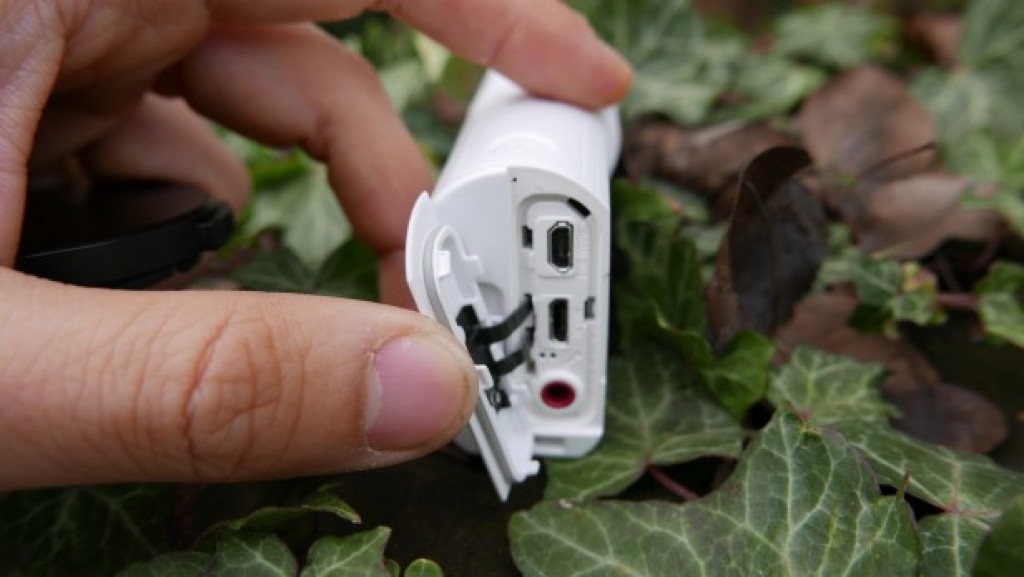
The FDR-X3000 is compatible with Sony’s PlayMemories mobile app for iOS and Android, and can pair with your smartphone over Wi-Fi. If you haven’t opted for the FDR-X3000R model, this is a decent alternative if you want a live view. There isn’t a great deal of lag between what’s captured by the camera’s sensor and what’s output on your phone.
You can also use the app to transfer images and video, although if you use Sony’s XAVC-S format, rather than MP4, you’re not able to transfer these videos across.
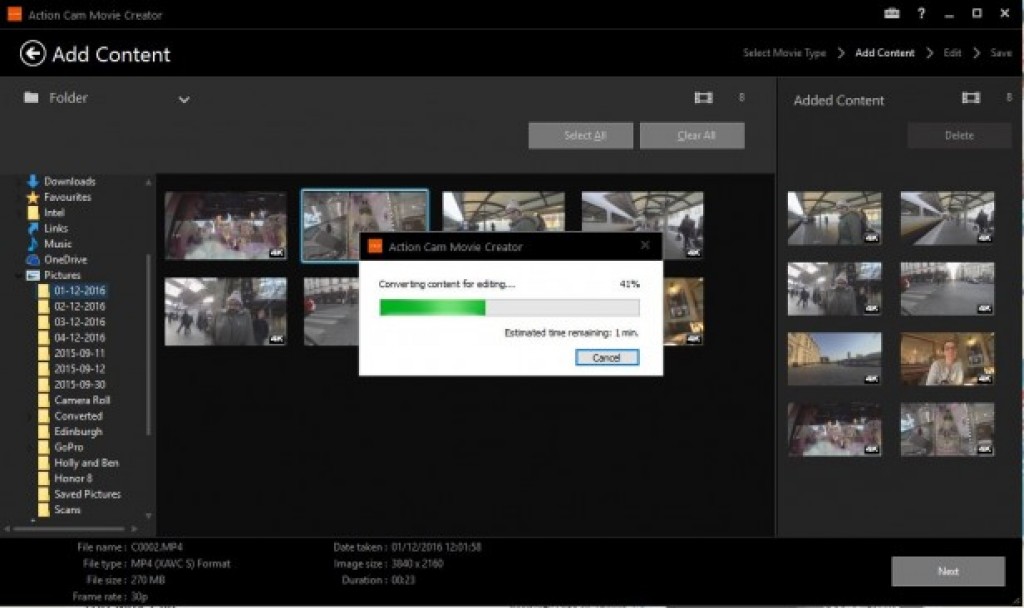
Sony has its Action Cam Movie Creator software available as a free download for desktops and I found this simple enough to use to trim and splice together footage into a basic video. You can see a few examples on the next page of videos edited using the software.

Since there’s a GPS sensor inside the FDR-X3000, you can overlay your footage with speed and route information captured along the way. A new speed log can display your speed over time, rather than simply showing your current speed. Time logs will also help those shooting with multiple cameras to edit their footage together.
SONY FDR-X3000 ACTION CAM – VIDEO AND AUDIO QUALITY
The camera is equipped with a Zeiss Tessar multi-coated lens, paired with a 1/2.5-inch 16:9 Exmos R CMOS sensor with an 8.2-megapixel resolution. Sony has made improvements to its performance when it comes to barrel distortion, meaning you get far less of the “fish-eye” effect.
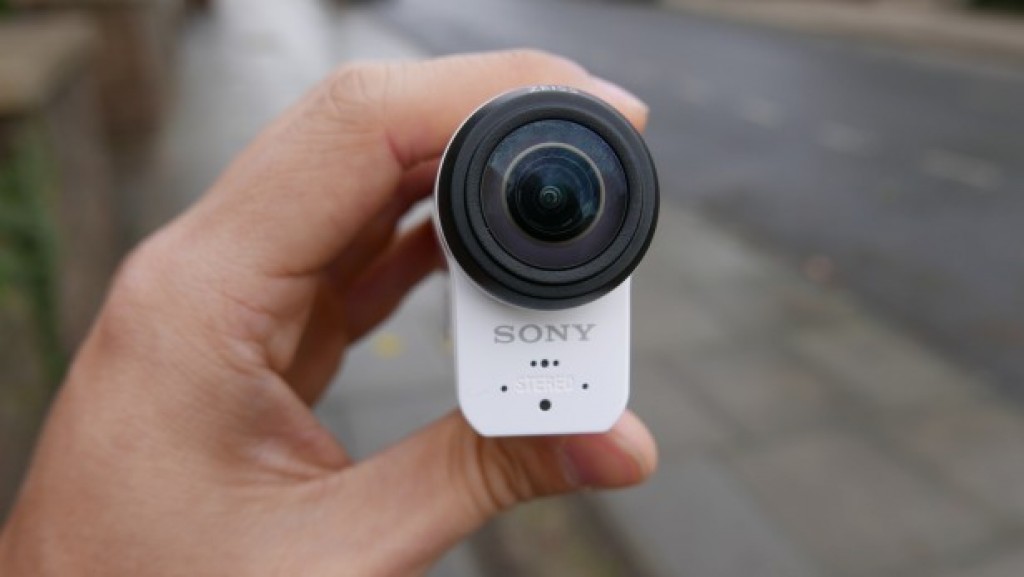
The lens has an equivalent focal length of 17mm when shooting in 4K, but if you drop down to 1080p then you can go for narrower fields of view – although perspective correction is done in software and does have a noticeable impact on image quality.
The FDR-X3000R can shoot at up to 4K resolution at 30fps, with more cinematic 24fps and 25fps options, too. You can shoot at up to a 100Mbps bitrate if you use Sony’s XAVC format. Dropping down to 1080p opens up frame rates of 120fps for slow-motion footage – and the great news is that BOSS will still work. There’s also a new 4K time-lapse mode.
In truth, it’s the BOSS optical image stabilisation that’s the star of the show. I shot an entire weekend handheld using the Finger Grip, and even footage captured while I was walking was as smooth as you could reasonably expect.
Footage can occasionally feel a little floaty, but when the alternative is nausea-inducing shake, I’d take that any day. There’s also the occasional rolling-shutter effect, especially on horizontal panning, but otherwise the image stabilisation is very impressive.
In good lighting conditions, 4K footage looked incredibly sharp and with plenty of detail. Scenes were correctly exposed, and even when shooting in the “wide” viewing angle, the barrel distortion was considerably less pronounced than previous Action Cam models.
Of course, low-light performance is noisier, but it’s still well controlled and it doesn’t feature the huge amounts of artefacting that have plagued other action cameras when the light fades.
The other surprise was just how well the stereo microphones performed, even with the sound of music blaring out over loudspeakers in Disneyland. The lack of distortion was impressive. It’s worth noting that this was without the use of a waterproof case though, which always muffles the sound on any camera.
The FDR-X3000 has the potential to capture good still images in ample lighting. Photos are well exposed with decent sharpness. However, it begins to struggle in low light, with slow shutter speeds being the main culprit if you have any subjects that move at all. No amount of image stabilisation can help here. Low-light shots are noticeably noisier and softer when viewed full-screen.



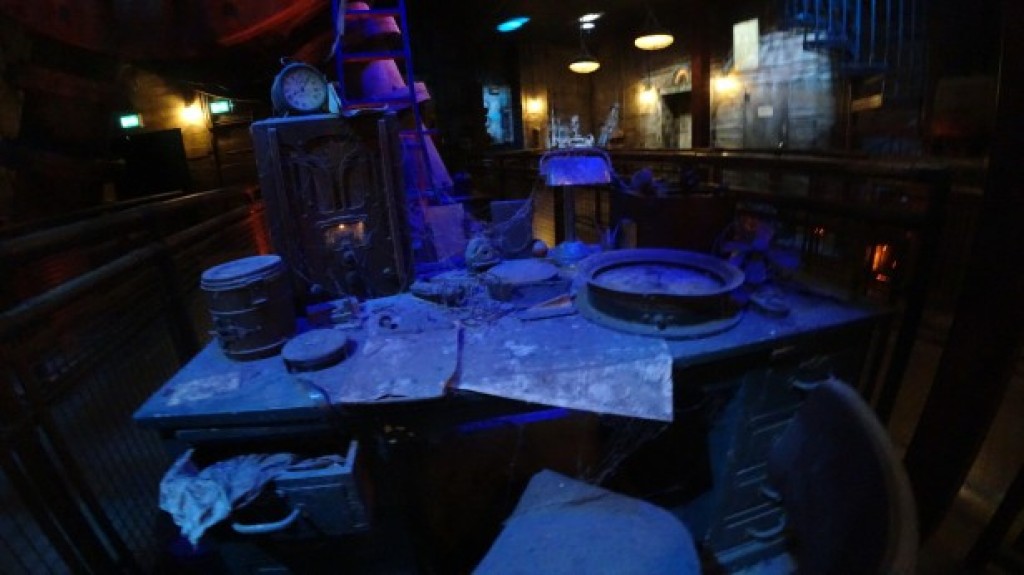
SONY FDR-X3000 ACTION CAM – BATTERY LIFE
Sony rates its battery life at 2hrs 15mins at 1080p or 60 minutes if you use 4K resolution, which was around what I found during testing. That’s a respectable amount of time at 1080p, but about par for the course when it comes to 4K. The battery is at least user-replaceable, so you can carry a spare.
SHOULD I BUY THE SONY FDR-X3000 ACTION CAM?

Optical image stabilisation miniaturised to an action camera of this size really is an impressive feat of engineering, for which Sony should be commended. It makes getting stable footage incredibly easy and is far superior to the software-based solution. Video quality, too, is fantastic beyond just the image stabilisation.
My complaints predominantly surround the Live-View Remote Control, which could have been better.
If you have very deep pockets, there’s plenty to love about the FDR-X3000. Comparisons will of course be made with the cheaper GoPro Hero 5 Black – I’d say the GoPro is the slightly better choice for adrenaline junkies, thanks to its quicker operation and built-in waterproofing. However, the FDR-X3000 is likely to be a draw for travel bloggers, since it’s just so convenient to carry around.
VERDICT
The Sony FDR-X3000 Action Cam captures some seriously smooth footage with its optical image stabilisation.

Sourse: trustedreviews.com






































